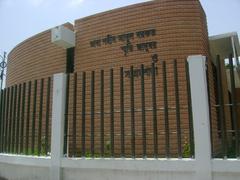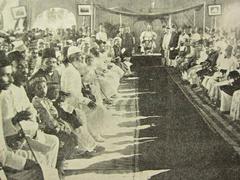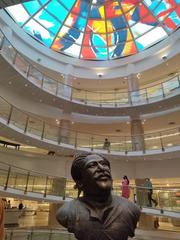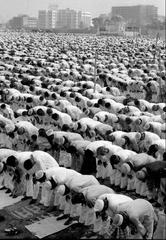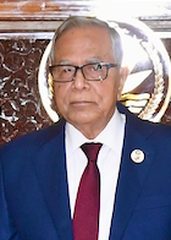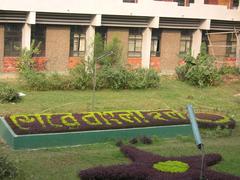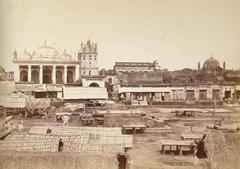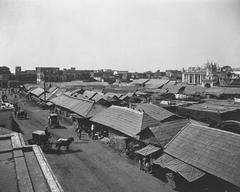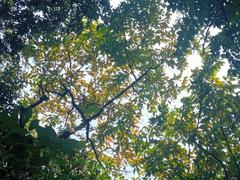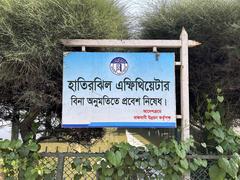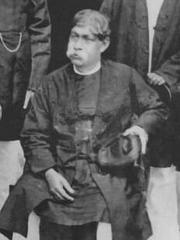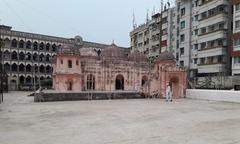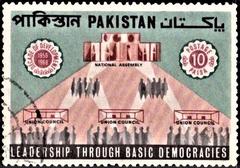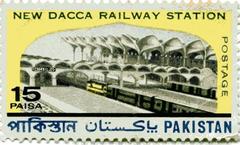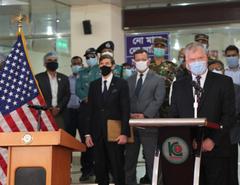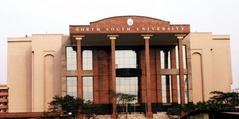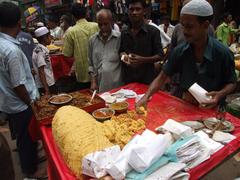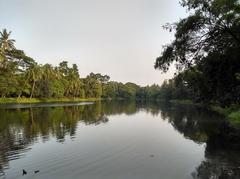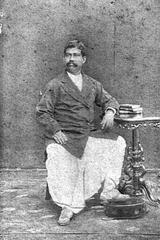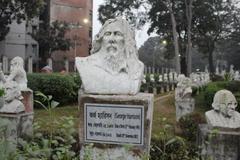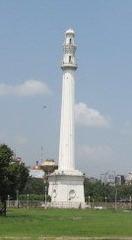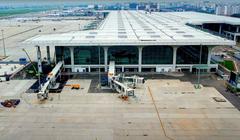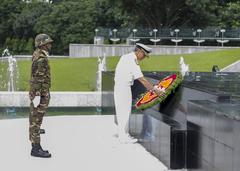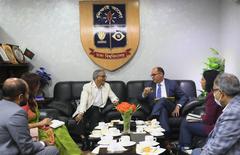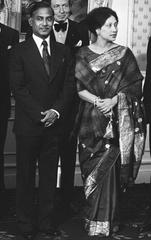
A Complete Guide to Aparajeyo Bangla: Visiting Hours, Tickets, and Dhaka’s Historical Sites
Date: 04/07/2025
Introduction
Aparajeyo Bangla, meaning “Unvanquished Bengal,” stands as one of Dhaka’s most iconic monuments, representing the indomitable spirit and resilience of Bangladesh during the 1971 Liberation War. Located on the University of Dhaka campus in Shahbagh, this striking sculpture by Syed Abdullah Khalid is both an artistic masterpiece and a profound national symbol. The monument features three dynamic figures—a rural farmer, a female nurse, and a student—each depicting the diverse participants in the struggle for independence. Aparajeyo Bangla’s presence is woven into Bangladesh’s cultural identity, serving as a focal point for national celebrations and a testament to the sacrifices that secured the nation’s freedom.
This guide provides detailed information on the monument’s history, symbolism, visitor logistics—including visiting hours, tickets, accessibility, and nearby attractions—and practical tips for an enriching visit. For further insight, refer to The Daily Star’s feature on Liberation War sculptures and Prothom Blog’s guide to Dhaka attractions.
Historical Background
Origins and Creation
Aparajeyo Bangla was conceived shortly after Bangladesh’s independence in 1971 to honor the Liberation War’s heroes. The University of Dhaka, a site of both fierce resistance and tragic loss, was chosen to host the monument, acknowledging the institution’s pivotal role during the conflict. Sculptor Syed Abdullah Khalid began work in 1973 and completed it in 1979, despite political challenges and attempts at sabotage. The monument was finally inaugurated by wounded freedom fighters, cementing its place in the nation’s collective memory (The Daily Star).
Symbolism
The three figures of Aparajeyo Bangla symbolize unity across gender, age, and social background. The farmer with a rifle represents ordinary citizens taking up arms; the nurse reflects the vital contributions of women; and the student embodies youthful courage and intellectual activism. Their resolute, forward stride captures Bangladesh’s relentless pursuit of freedom.
National and Cultural Significance
Aparajeyo Bangla’s location at Dhaka University deepens its meaning, reminding visitors of the campus’s history as a center of political activism and sacrifice. The monument is a central site for Independence Day and Victory Day commemorations, and its image is widely used in educational materials and popular culture, reinforcing its role as a national icon.
Architectural Design and Features
Materials and Construction
The sculpture is crafted from reinforced concrete, chosen for its durability and ability to capture fine sculptural details. This ensures resilience against Dhaka’s challenging climate (HollyMelody).
Dimensions and Layout
Standing approximately 18 feet (5.5 meters) tall, Aparajeyo Bangla commands attention at the university’s main entrance. The monument is set on a raised platform within a landscaped garden, enhancing its prominence and accessibility (ToursnTripsBD).
Sculptural and Symbolic Elements
- Three Figures: A farmer (armed, symbolizing resistance), a nurse (with medical supplies, representing women’s roles), and a student (holding a grenade, reflecting youth activism) (Pineqone).
- Intertwined Branches: Seven stylized branches at the base represent the Bangladesh Armed Forces (HollyMelody).
- Flower Motif: The monument’s upward, blooming form symbolizes hope and renewal.
Natural light highlights the monument’s expressive forms during the day, and special lighting is used during national celebrations.
Visiting Information
Location and Accessibility
Aparajeyo Bangla is centrally located on the University of Dhaka campus in Shahbagh, Dhaka 1000. The site is easily accessible by rickshaw, CNG auto-rickshaw, bus, or ride-sharing apps. The surrounding area is pedestrian-friendly, though parking is limited.
Visiting Hours and Tickets
- Hours: The monument is open daily from 8:00 AM to 6:00 PM.
- Entry Fee: Free of charge.
Accessibility
The monument is accessible via paved pathways suitable for wheelchairs. The platform is elevated with a few steps; assistance is available upon request, and the campus community is generally helpful to visitors with mobility needs.
On-Site Facilities
- Informational plaques in Bengali and English.
- Seating areas and shaded spots nearby.
- Restrooms and refreshments in adjacent university buildings and local eateries.
Visitor Experience
Observing and Photographing
The raised platform offers excellent photo opportunities, with the university’s historic buildings as a dramatic backdrop. Early mornings and late afternoons provide the best lighting and a more peaceful atmosphere.
Guided Tours
While there are no official guided tours solely for Aparajeyo Bangla, local guides and university students often offer campus tours that include the monument. These tours provide valuable context and personal narratives about the Liberation War.
Cultural Events
Aparajeyo Bangla is a focal point for national holidays such as Independence Day (March 26) and Victory Day (December 16), when the site hosts ceremonies, cultural performances, and rallies. Visitors are welcome to observe or participate respectfully.
Nearby Attractions
Aparajeyo Bangla’s location makes it an ideal starting point for exploring other Dhaka landmarks:
- National Museum: Extensive exhibits on Bangladeshi history and culture.
- Ramna Park: A green oasis perfect for relaxation.
- Curzon Hall: A notable example of British-era architecture.
- Liberation War Museum: In-depth displays on the 1971 conflict.
- National Parliament House: Architectural masterpiece by Louis Kahn (Trip101).
The Shahbagh area also features cafes, bookstores, and vibrant street food options (Laure Wanders).
Practical Tips for Visitors
- Dress Code: Modest, comfortable clothing is recommended.
- Safety: The area is generally safe, but stay aware of personal belongings, especially during large events.
- Photography: Permitted, but be respectful during ceremonies.
- Language: Signs are in Bengali and English; university staff and students usually speak English.
- Responsible Tourism: Avoid littering, and support local vendors.
Frequently Asked Questions (FAQ)
Q: What are the visiting hours of Aparajeyo Bangla?
A: 8:00 AM to 6:00 PM daily.
Q: Is there an entry fee?
A: No, entry is free.
Q: Is the monument wheelchair accessible?
A: Yes, with paved pathways. Some steps to the platform; assistance available.
Q: Are guided tours available?
A: Informal campus tours are offered by local guides and students.
Q: Is photography allowed?
A: Yes, but please be considerate of ongoing events.
Q: What should I do during national events?
A: Observe silence or join respectfully; these are significant commemorative occasions.
Summary and Final Thoughts
Aparajeyo Bangla is a profound emblem of Bangladesh’s struggle for independence, capturing the valor and unity of its people. Its accessible location, free entry, and proximity to other historical sites make it a must-visit for anyone interested in the country’s history and culture. Early morning or late afternoon visits are ideal, and national holidays offer a chance to witness vibrant commemorations. By visiting Aparajeyo Bangla, you connect with the nation’s enduring spirit and contribute to preserving its legacy.
For more travel tips and updates, explore resources such as the Audiala app and follow our coverage of Dhaka’s historical sites.
Sources and Further Reading
- The Daily Star’s feature on Liberation War sculptures
- Prothom Blog’s guide to Dhaka attractions
- Aparajeyo Bangla: Victory Tower History and Facts, Pineqone
- Aparajeyo Bangla Visitor Guide, ToursnTripsBD
- Aparajeyo Bangla: Architectural Insights, HollyMelody
- Laure Wanders’ guide to places in Dhaka
- Trip101: Best Things to Do in Dhaka

